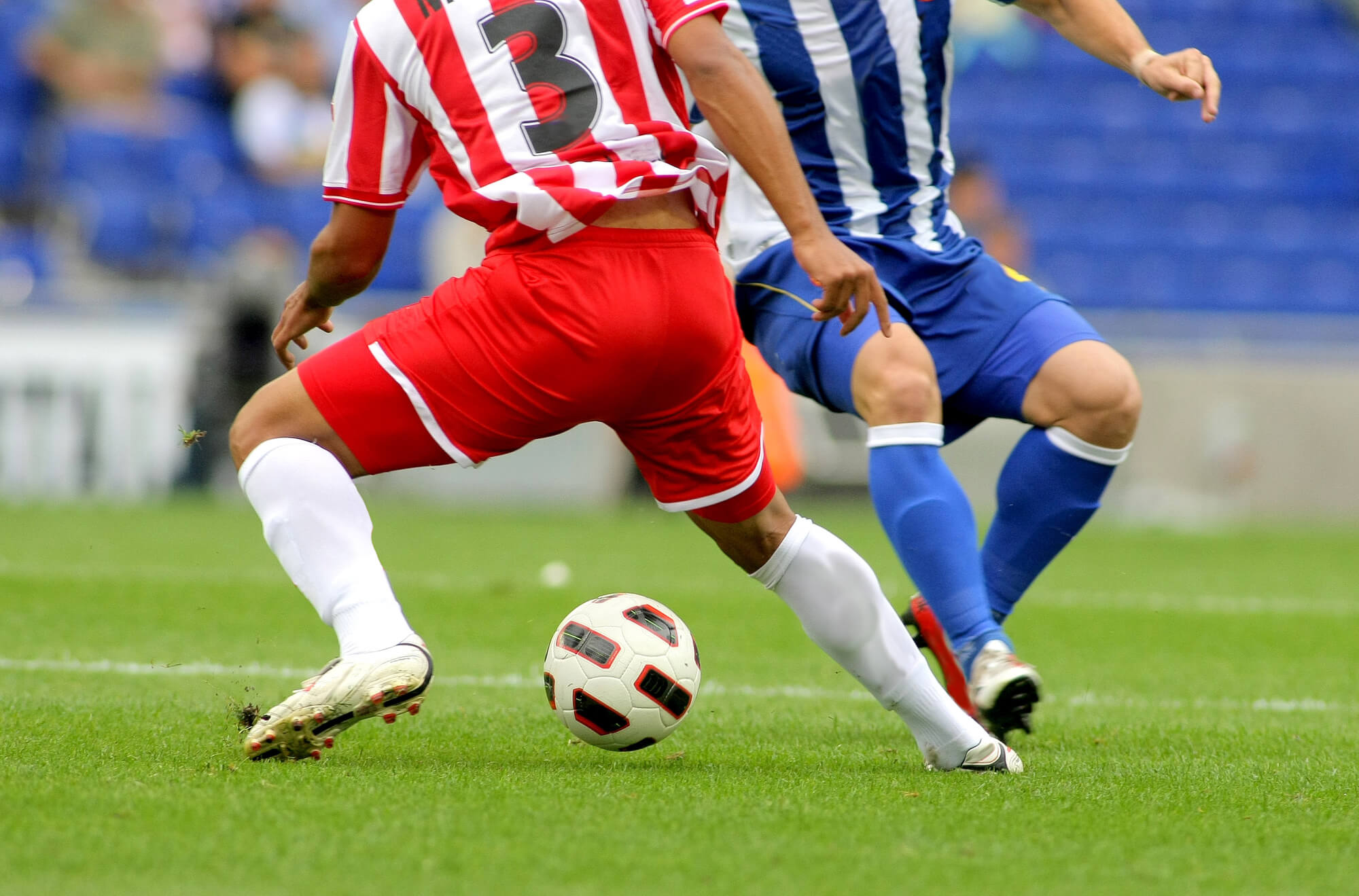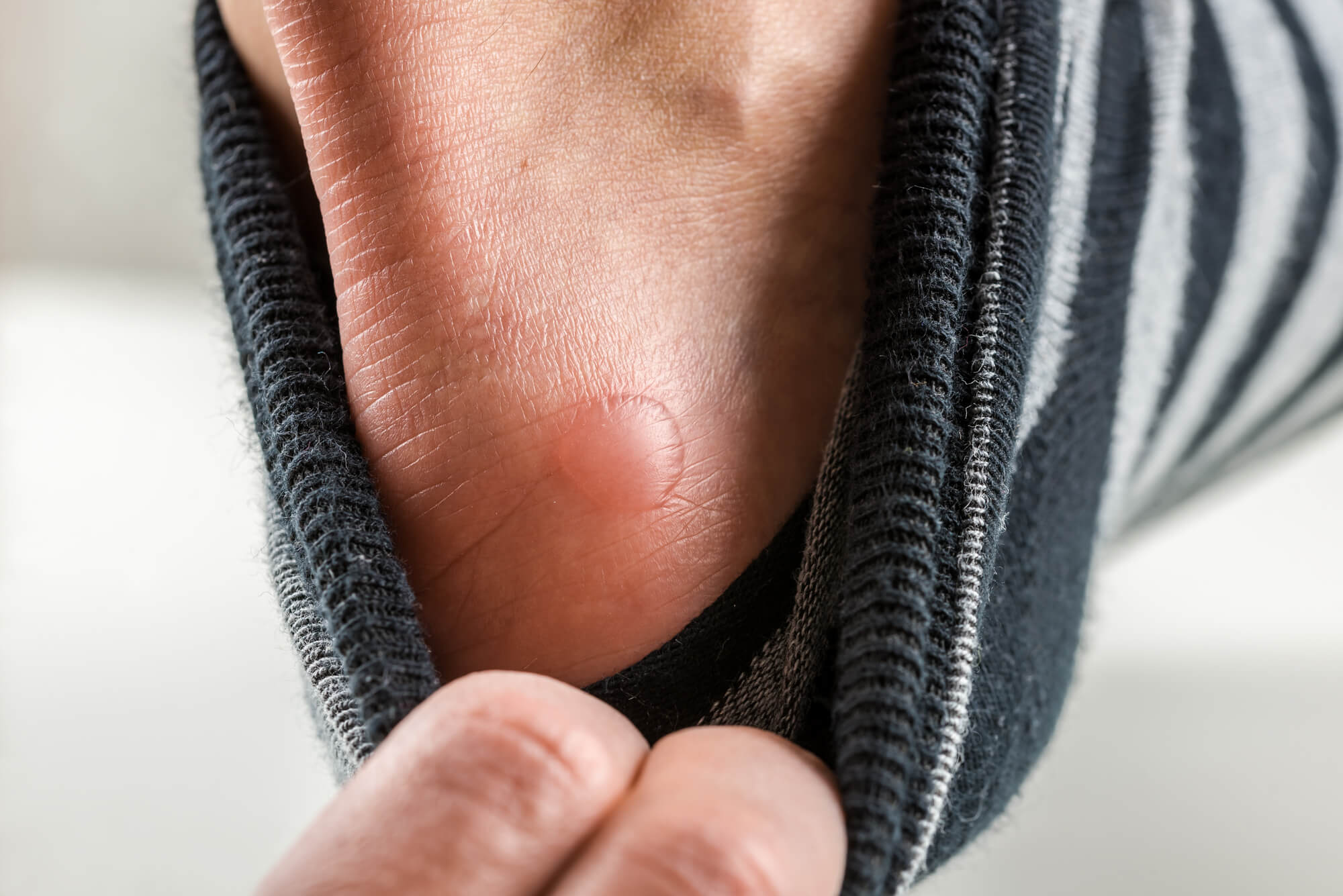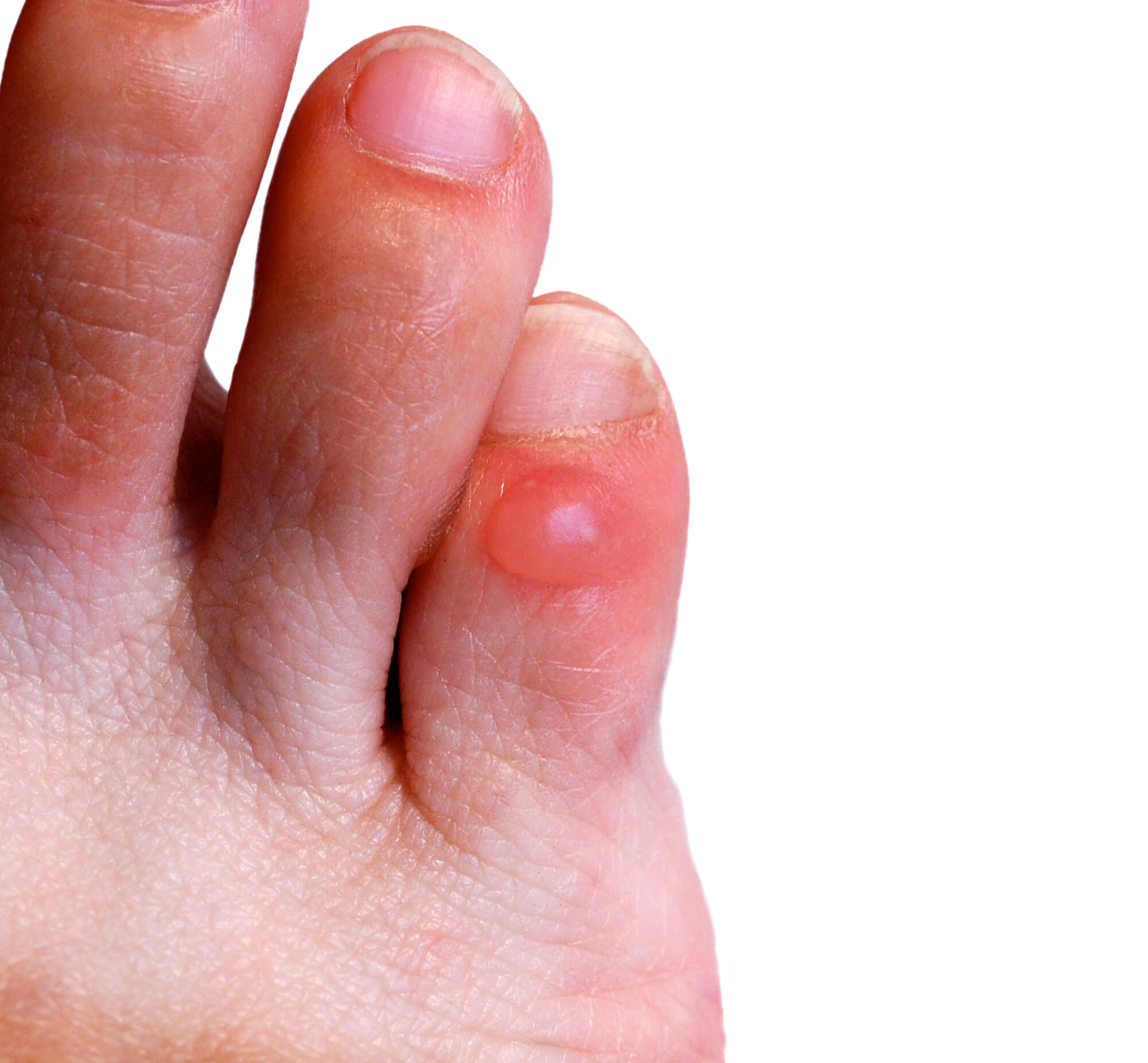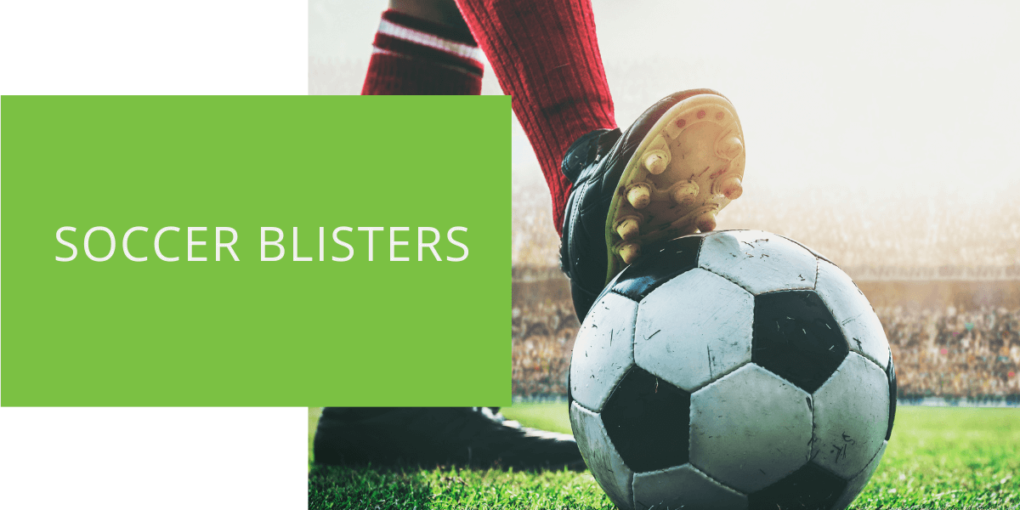Soccer Blisters: Causes, Treatment & Prevention
As a soccer player, blisters are one of the most painful and inconvenient foot problems you may experience. Blisters can be caused by various factors, including friction and shear forces, poorly fitting soccer shoes, sweaty feet, and skin conditions. In this article, we'll explore the causes, treatment, and prevention of soccer blisters, so you can keep your feet healthy during soccer season.
Causes of Soccer Blisters
Friction and Shear Forces
Friction and shear forces occur when your skin rubs against a surface, such as the inside of your soccer cleat or sock. These forces can cause the outer layer of your skin to separate from the inner layers, resulting in a blister. When your feet are wet, these forces are even more pronounced, making blisters more likely to occur.
Poorly Fitting Soccer Shoes
If your soccer shoes are too tight or loose, they can cause blisters. Tight shoes can create pressure points on your feet, while loose shoes can cause your feet to move around inside the shoe, leading to friction and blisters.
Sweaty Feet
When your feet are sweaty, they become more prone to blisters. The excess moisture can soften the skin on your feet, making it more vulnerable to friction and shear forces.
Skin Conditions
You may be more prone to blisters if you have a skin condition like eczema or psoriasis. These conditions can weaken the skin on your feet, making it more vulnerable to damage.

Treatment of Soccer Blisters
If you do develop a blister, there are several steps you can take to treat it:
Rest and Avoidance of Further Irritation
The first step in blister treatment is rest and avoiding further irritation. If possible, take a break from soccer to allow the blister to heal.
Drain the Blister
If the blister is painful or large, you may need to drain it. To do this, clean the affected area with an antiseptic and use a sterile needle or blade to make a small hole at the blister's edge. Gently press the fluid out of the blister, being careful not to remove the skin.
Cover the Blister
After draining the blister, cover it with a sterile gauze pad or band-aid to protect it from further irritation.
Bandage
If the blister is in an area likely to rub against your soccer shoe, you may need to bandage it. Use a moleskin pad or a piece of tape to create a barrier between the blister and your shoe.
Use of Antibiotic Ointment
If the blister is open or drained, apply an antibiotic ointment to prevent infection.
Pain Management
If the blister is painful, you can take over-the-counter pain medication, such as ibuprofen or acetaminophen, to relieve discomfort.

Prevention of Soccer Blisters
Preventing blisters is much easier than treating them. Here are some steps you can take to prevent blisters:
Proper Soccer Shoe Fit and Selection
Make sure your soccer shoes fit properly and are designed for the type of soccer you play. Look for shoes that provide good support and cushioning.
Socks Selection and Fit
Wearing the right socks can also help prevent them. Look for socks made from moisture-wicking materials, such as synthetic fibers or wool, that fit snugly without being too tight.
Use of Protective Products
You can use several products to reduce friction and protect your feet from blisters. Some options include:
- Blister pads: These are small adhesive pads that can be placed on areas of your feet prone to blisters, such as your heels or toes.
- Anti-blister sticks: These sticks contain waxes or oils that reduce friction and help prevent them.
- Foot powders: Foot powders can help keep your feet dry and reduce friction.
Foot Hygiene Practices
Keeping your feet clean and dry is essential for preventing blisters. Here are some foot hygiene practices to follow:
- Wash your feet regularly with soap and water.
- Dry your feet thoroughly, especially between your toes.
- Use a foot powder or antiperspirant spray to help keep your feet dry.
- Change your socks frequently, especially if your feet get sweaty.

When to Seek Medical Attention
Most blisters can be treated at home with the above steps. However, there are some cases when you should seek medical attention:
- The blister is very large or painful
- The blister is in a sensitive area, such as near your eyes or on your genitals
- The blister becomes infected, indicated by redness, warmth, or drainage of pus
- You have diabetes or another condition that affects circulation or sensation in your feet
You should consult a podiatrist or another medical professional for appropriate treatment in these cases.
Conclusion
Soccer blisters can be painful and inconvenient, but they are also preventable. By taking steps to reduce friction, keep your feet dry, and practice good foot hygiene, you can help prevent them from occurring. If you develop a blister, follow the above steps for treatment to promote healing and prevent infection. And remember, if you have any concerns or questions, don't hesitate to consult a podiatrist or other medical professional.
FAQ
How do you prevent blisters when playing soccer?
There are several steps you can take to prevent blisters when playing soccer:
- Make sure your soccer shoes fit properly and are designed for the type of soccer you play.
- Look for socks made from moisture-wicking materials, such as synthetic fibers or wool, that fit snugly without being too tight.
- Use protective products like blister pads, anti-blister sticks, or foot powders to reduce friction and protect your feet.
- Keep your feet clean and dry, and change your socks frequently, especially if your feet get sweaty.
Why do I get blisters every time I play soccer?
Blisters are often caused by friction and shear forces, which can occur when your skin rubs against a surface, such as the inside of your soccer cleat or sock. They can also be caused by poorly fitting soccer shoes, sweaty feet, and skin conditions. Suppose you are experiencing blisters every time you play soccer. In that case, you may need to reduce friction by using protective products or evaluating your footwear to ensure proper fit and support.
How do you prevent blisters from new soccer cleats?
Breaking in new soccer cleats can be a painful process, but there are steps you can take to prevent blisters:
- Gradually break in your new cleats by wearing them briefly before using them in a game or practice.
- Wear double layers of socks to help reduce friction and cushion your feet.
- Protective products like blister pads or anti-blister sticks reduce friction and protect your feet.
- Consider applying moleskin or a band-aid to areas of your feet prone to blisters, such as your heels or toes.
- If your cleats are still causing blisters, you may need to re-evaluate their fit or consider purchasing a different pair of shoes.

